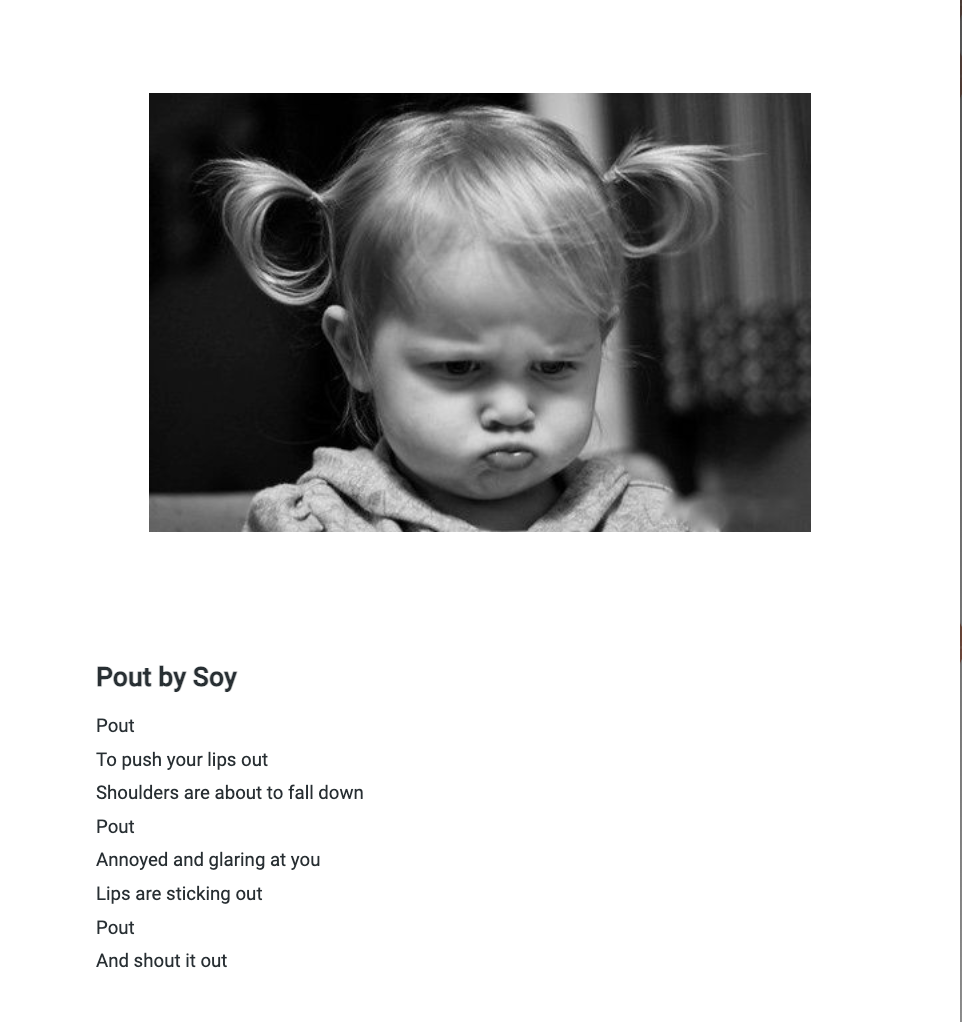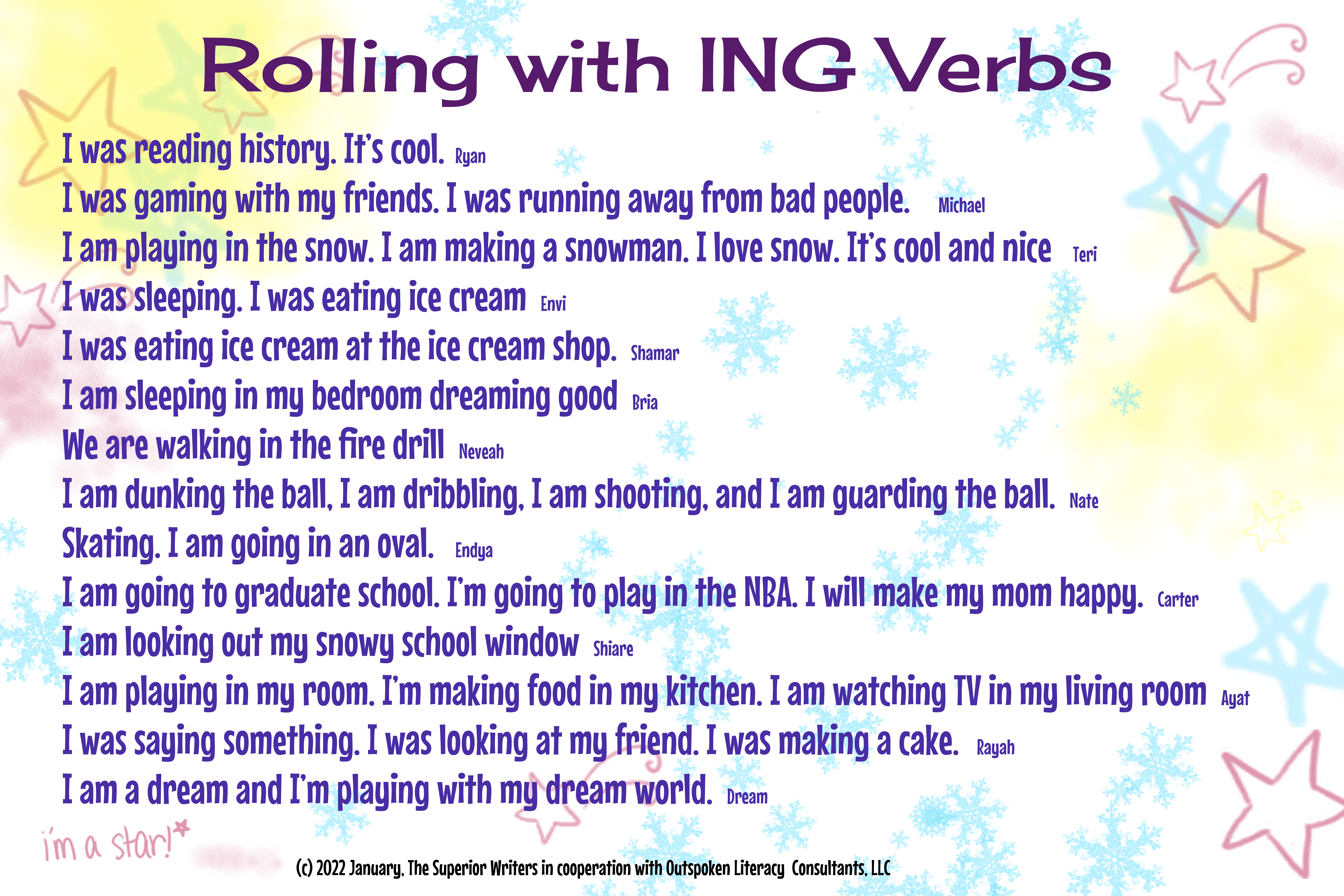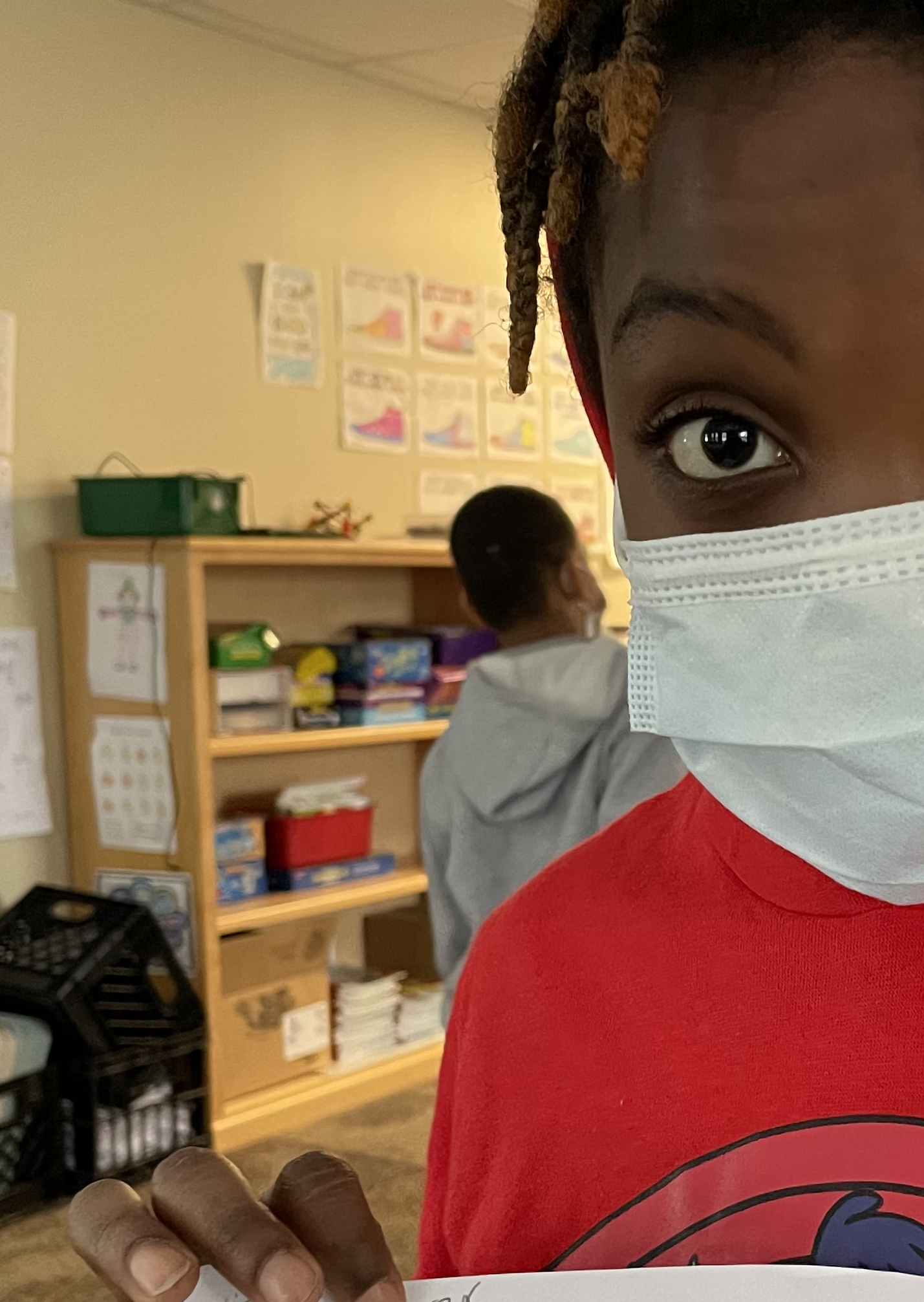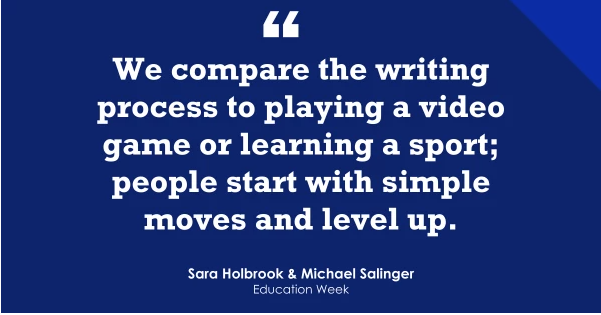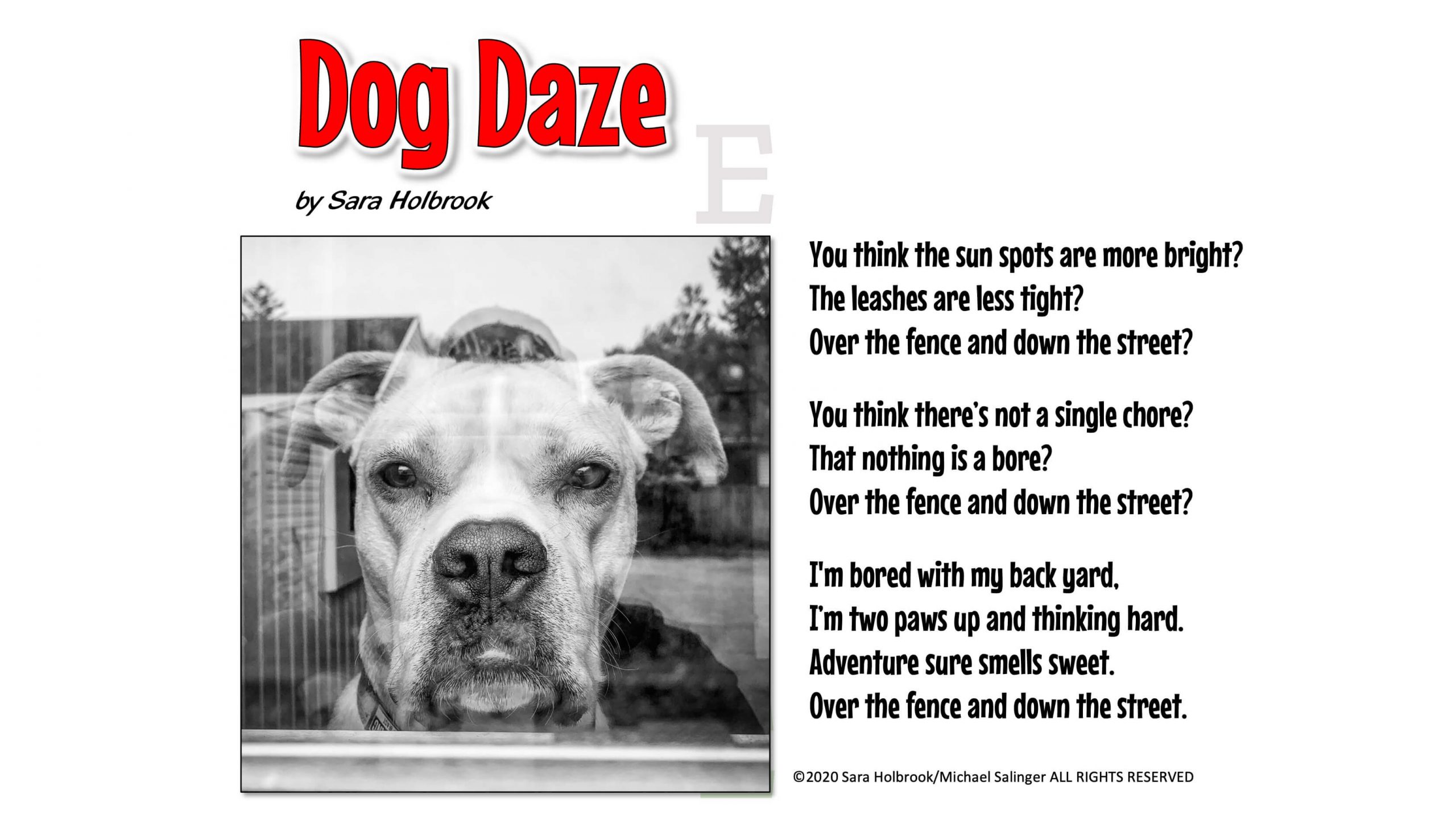What about the standards?
Okay – Sara and I know the reality of the teaching world and the love hate relationship with standards. Everyone can agree that standards are a good foundation to ground a curriculum. I mean every kid should know how to add and subtract, how to craft a grammatically correct sentence and know what the 14th amendment is. It’s when we start demanding that every single kid be in exactly the same spot at the same time as they absorb these lessons that we get a bit muddled. This second discussion I will reserve for a later date – it’s best held over a Formica diner table with a strong cup of coffee. This post is a practical one. How does RWS align with THE STANDARDS?
We know that the onus of standards weighs differently in different states, counties and districts. Some schools simply nod toward them and others are bound to procedures that require teachers to list the standards that each of their lessons address. There are several sets of standards across the USA. You’ve got Common Core – the biggie, that is implemented amongst most of the US – then you’ve got Texas which adheres to its TEKS standard – Virginia has their own set with the head scratching acronym of the SOLs and Alabama, Oklahoma, Alaska, Nebraska, Indiana and South Carolina also adhere to their own state standards.
Remember what I said earlier – that I think it is a good idea that kids learn certain things as they progress though school? Well, believe it or not – so do the folks who write these various standards. Now, I’m not dissing any of the places where they have decided to adopt something other than Common Core but I’m here to tell you, I’ve read through pretty much all the various state standards (Language Arts) and they are pretty much the same. Just as automobiles have all started to look alike than different over the years (there only being one truly aerodynamic shape) the standards that states use all have more in common than they do differences.
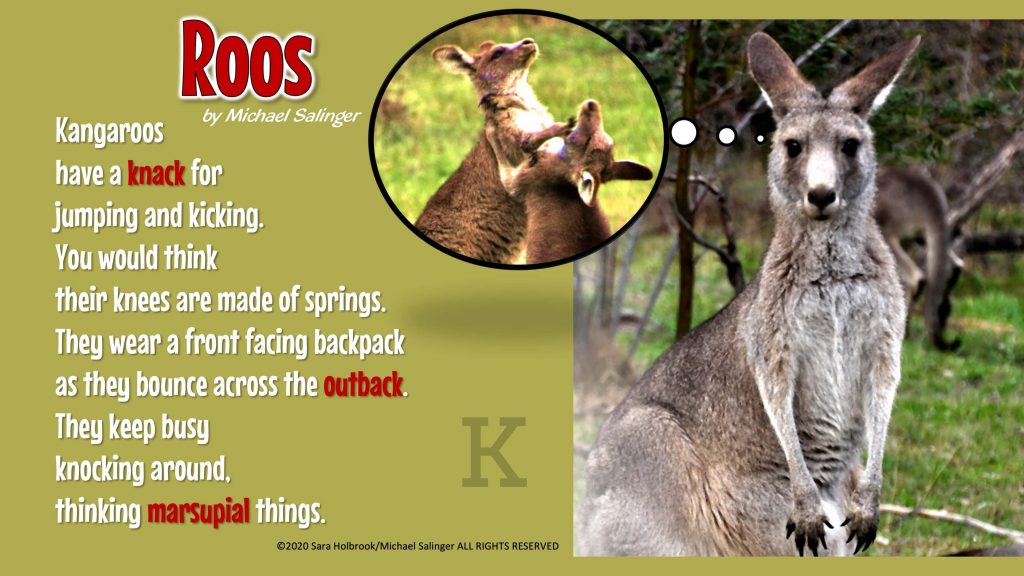
So – with all these different standards across the US how do Sara and I address them via Read Write Speak it! since we hope our audience to be not only national but international? I’m adding a three-minute video to this blog that explains how we accomplish this but here it is in a nutshell:
Firstly, RWS is a curriculum supplement. We expect it to be added into not replace other instruction. 15 minutes of effective and joyful learning every day! Unfortunately – effective and joyful did not appear in any of the standards that we have studied so here’s what we did. Every level of lessons comes with an accompanying spreadsheet. On that spreadsheet we list a featured language lesson that is addressed as part of that week’s offering. (In Primary we also list a content area cross curricular connection and in Intermediate/Middle we list a theme.)
The featured language lesson is worded such that it can be used as a search term in any of the standards across the US. All states have apps and or websites where their standards may be searched. So – for example – Intermediate level 4 lesson K – Roos: lists exposition as its featured language lesson.
Plug exposition into the Common Core search and up pops, “English Language Arts Standards » Standard 10: Range, Quality, & Complexity » Range of Text Types for 6-12.
Do the same in Texas TEKS and: up comes standard x.2.D (x because it crosses multiple grades) The student is expected to create and improvise collaboratively and individually stories that have a beginning (exposition), middle(climax) and ending, (resolution.)
Doing the same in Virginia’s SOL returns a couple dozen standards across grade levels.
So – rather than trying to list multiple sources in a spreadsheet that would quickly become so cross-referenced as to be unusable – we have chosen to list overarching concepts that we know will easily be align-able. Plus – we are always just an email away and more than happy to help you if you’re feeling stuck.
We hope this makes it easier to adopt and adapt RWS for your needs.
Here’s the video:

